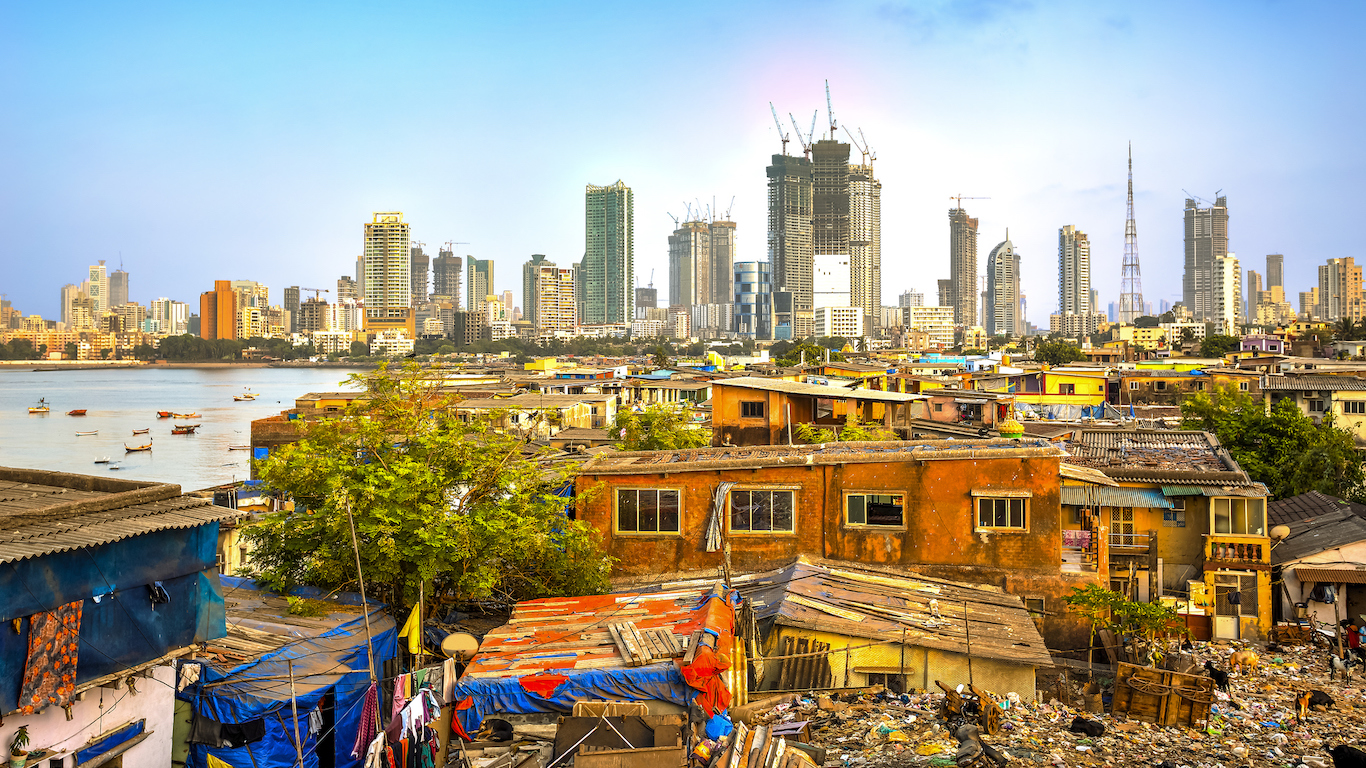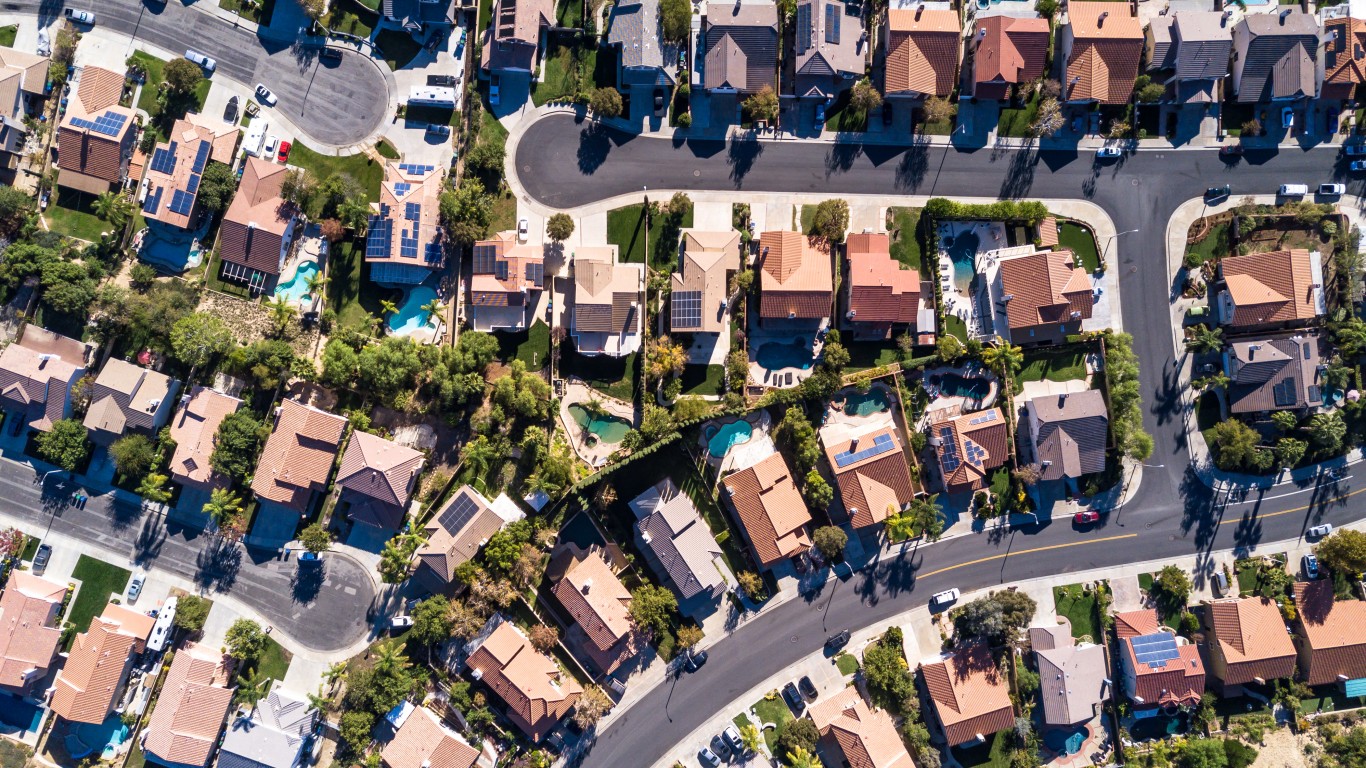
One of the most difficult problems caused by the COVID-19 pandemic is that millions of people have lost their income. Government aid has helped some of them. But there is a large number of people who have not been able to pay their rent or mortgages. Many face eviction.
Some states and the CDC have extended eviction bans, which gives a large number of people relief. However, even the President knows this effort may not last. He recently said, according to NPR:
“Any call for [a] moratorium based on the Supreme Court’s recent decision is likely to face obstacles. I’ve indicated to the CDC, I’d like them to look at other alternatives [other] than the one that is in existence, which the court has declared they’re not going to allow to continue.”
Just as income, unemployment, and median household income vary from state to state, so does the average amount people are in arrears. Research firm Surgo Foundation looked at the problem. What they found is that there is a huge difference in the amount people owe by state. They have just published a paper entitled “Rental Arrears in the Pandemic: Responding to the U.S. Rent Debt Crisis with a Precision County-Level Approach.” What they found is that the higher percentage of people behind in their rent is in the South:
Currently, the South is most affected with 16% of households behind on rental payments and $8.4B total dollars owed as of July 2021— the most of any U.S. region.
CNBC took this data and broke it down by state. Rent debt was below $3,000 in a number of states. This included Ohio at $2,713, Maine at $2,810, and Montana at $2,523. Clearly, states are not clustered when this measure is used.
California has the highest number at $5,281. CNBC added: “In San Mateo County, California, the typical renter who’s behind is $8,700 in the hole.”
How is this problem solved eventually? It has two sides. The first is that some renters will never have the money to pay arrears the dollar amounts of which can be extremely high compared to their incomes. The other is landlords, some of whom do not have the capacity to pay their mortgage or upkeep on buildings. Looking at the problem through these two lenses shows that the difficulties are extreme.
Click here to read This Is The Most Expensive City To Rent An Apartment
The #1 Thing to Do Before You Claim Social Security (Sponsor)
Choosing the right (or wrong) time to claim Social Security can dramatically change your retirement. So, before making one of the biggest decisions of your financial life, it’s a smart idea to get an extra set of eyes on your complete financial situation.
A financial advisor can help you decide the right Social Security option for you and your family. Finding a qualified financial advisor doesn’t have to be hard. SmartAsset’s free tool matches you with up to three financial advisors who serve your area, and you can interview your advisor matches at no cost to decide which one is right for you.
Click here to match with up to 3 financial pros who would be excited to help you optimize your Social Security outcomes.
Have questions about retirement or personal finance? Email us at [email protected]!
By emailing your questions to 24/7 Wall St., you agree to have them published anonymously on a673b.bigscoots-temp.com.
By submitting your story, you understand and agree that we may use your story, or versions of it, in all media and platforms, including via third parties.
Thank you for reading! Have some feedback for us?
Contact the 24/7 Wall St. editorial team.


